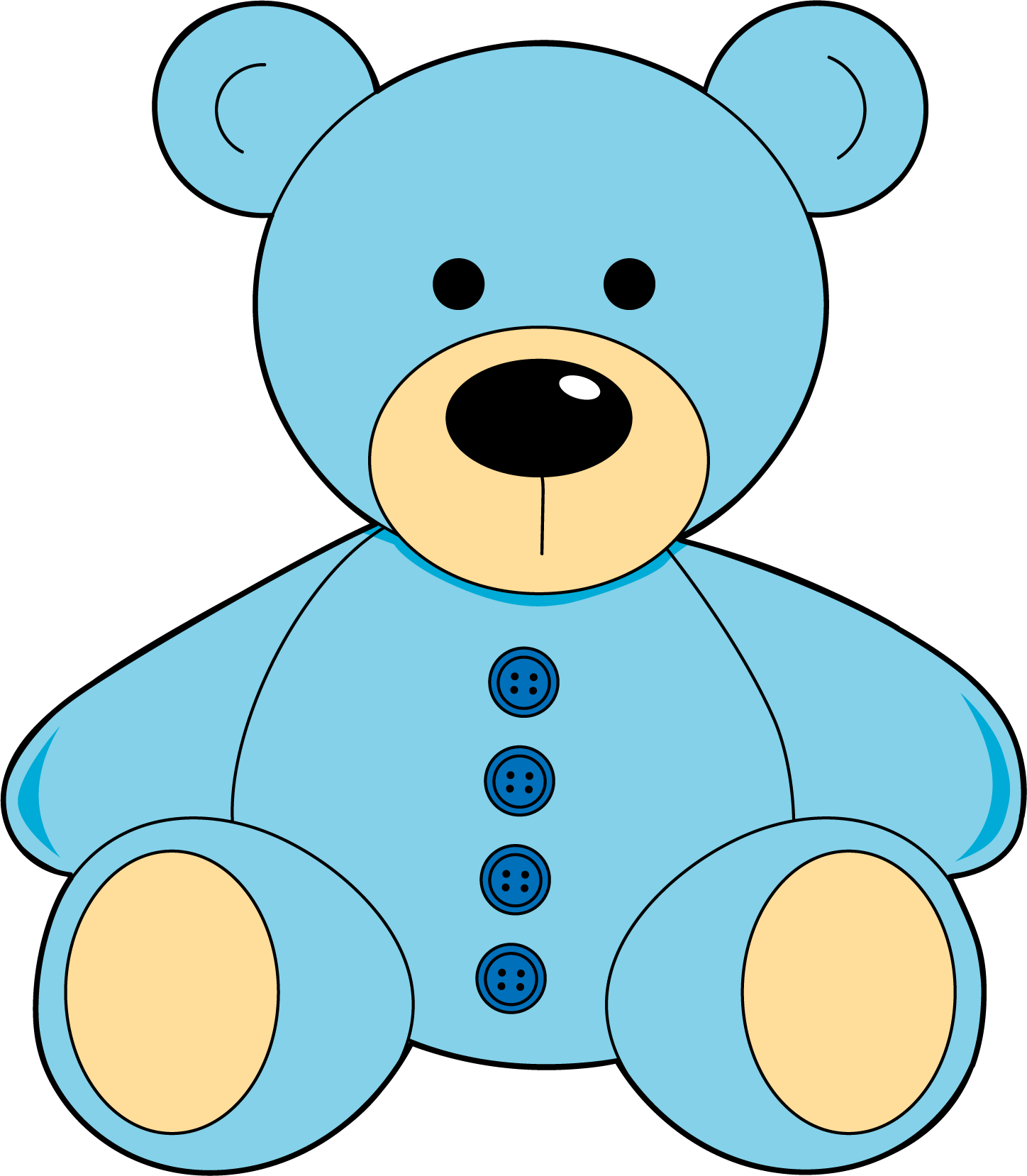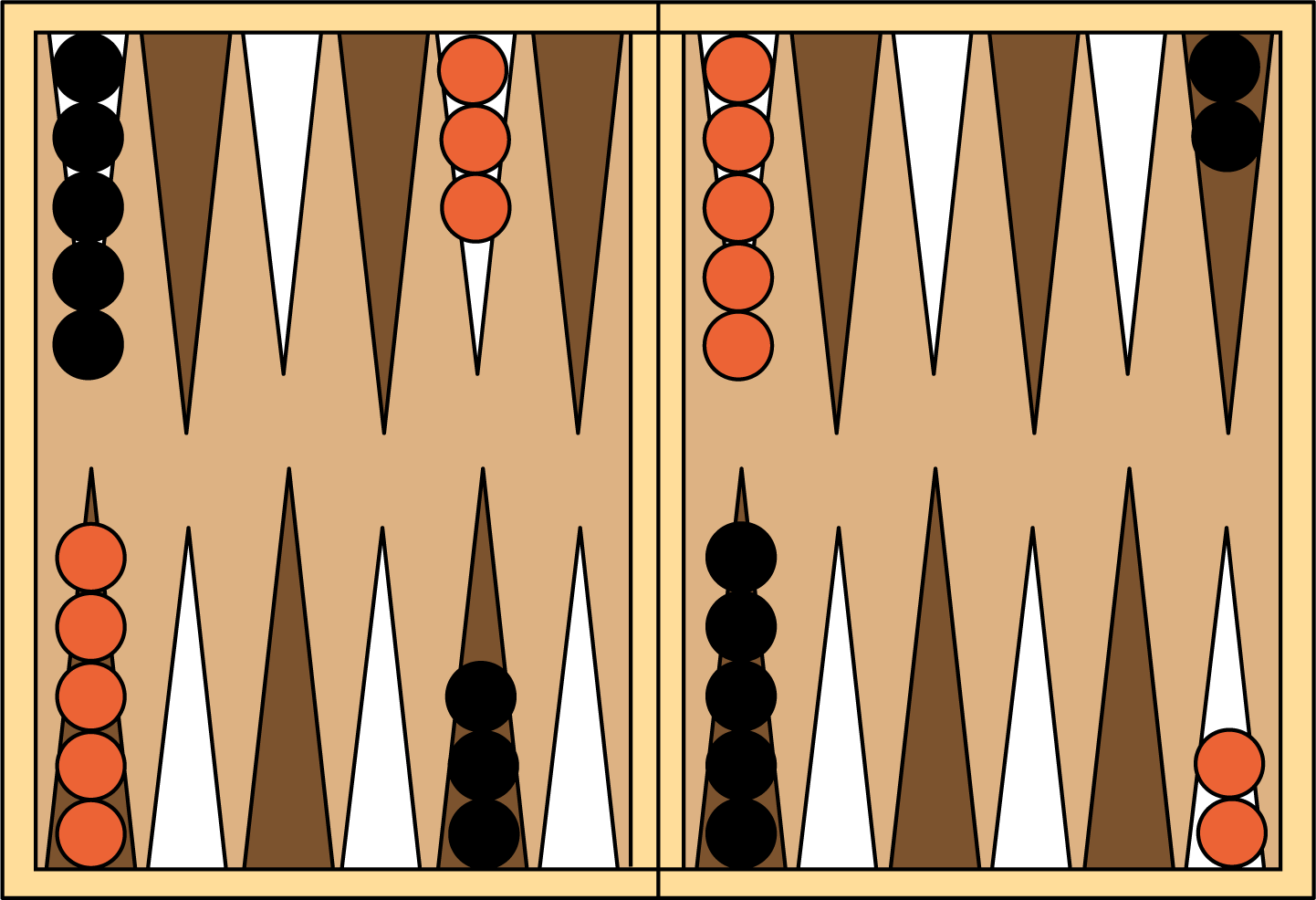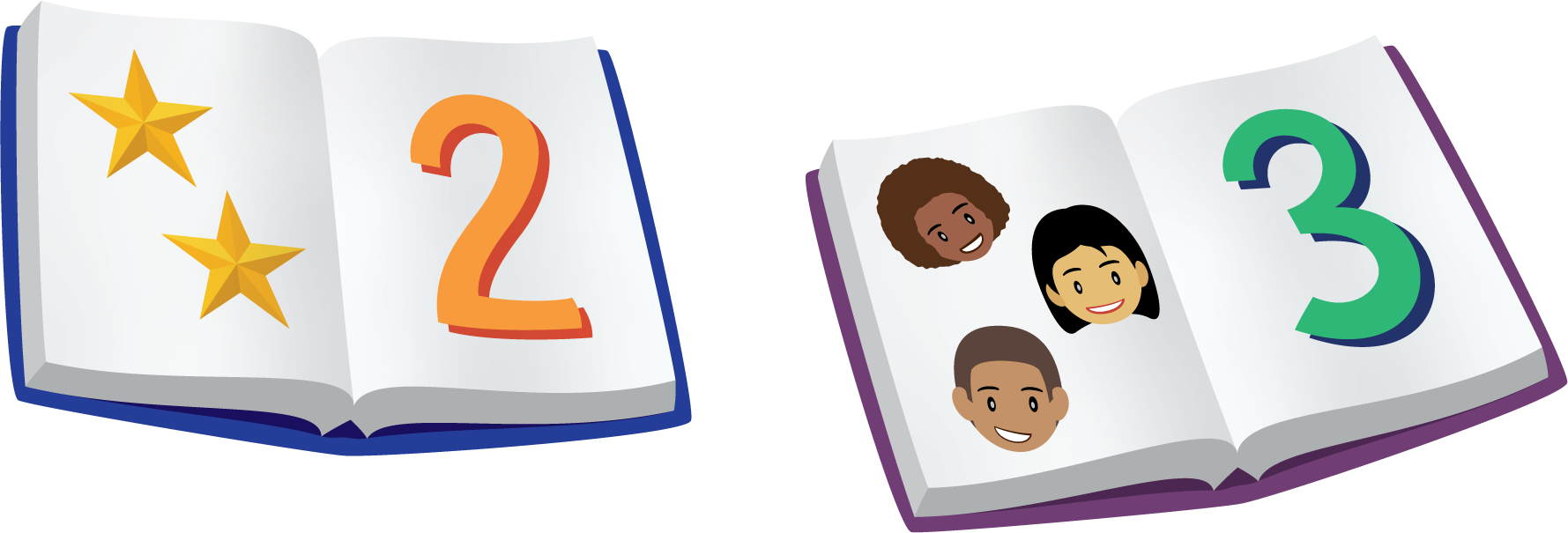Lesson 1
What We Know About Shapes
Warm-up: Which One Doesn’t Belong: Teddy Bears (10 minutes)
Narrative
The purpose of this warm-up is to introduce students to a new routine called Which One Doesn’t Belong. In this routine, students compare four different images and analyze the characteristics or attributes of the images. It gives the teacher an opportunity to hear how students use terminology and talk about characteristics of the items in comparison to one another. In this warm-up, students only work with three images of teddy bears. By the end of the section, students will compare four images of shapes. Emphasize to students that there is no right answer to the question and that it is important to explain their choice. Listen to how students create an argument and use or revise their language to make their argument clear to others (MP3, MP6).
Launch
- Display the image.
- “What is the same and what is different about the teddy bears?”
- 30 seconds: quiet think time
- 30 seconds: partner discussion
- Share responses.
Activity
- “Which one doesn’t belong?”
- Display the image.
- 30 seconds: quiet think time
- “Tell your partner which teddy bear doesn’t belong and why.”
- 30 seconds: partner discussion
Student Facing


Which one doesn’t belong?



Student Response
For access, consult one of our IM Certified Partners.
Activity Synthesis
- Display the image of the white teddy bear with no heart and the image of the blue teddy bear with a heart.
- “Mai said that this teddy bear doesn’t belong because it’s not holding a heart. Diego said that this teddy bear doesn’t belong because it is blue, not white. What do you think?” (I think that Mai is correct because both of the other teddy bears have hearts. I think that Diego is correct because both of the other teddy bears are white. They are both correct.)
- If needed, say “There is more than one correct answer. We can find reasons why each teddy bear doesn’t belong.”
Activity 1: Introduce Picture Books, Find Shapes in Books (15 minutes)
Narrative
- Grandma’s Purse by Vanessa Brantlet-Newton
- My Heart Fills with Happiness by Monique Gray Smith
- Pablo’s Tree by Pat Mora
- Saturday by Oge Mora
- There is a Bird on Your Head by Mo Willems
- Last Stop on Market Street by Matt de la Peña
- Miss Bindergarten Gets Ready for Kindergarten by Joseph Slate
- Big Red Lollipop by Rukhsana Khan
- Count on Me by Miguel Tanco
- The Girl with the Parrot on Her Head by Daisy Hirst
Supports accessibility for: Language, Conceptual Processing
Required Materials
Materials to Gather
Launch
- Groups of 2
- If students have not already heard the story used in the activity, read the story and discuss the context.
- “We are going to read this story again. This time let’s look very closely at the pictures and see what we notice.”
- Read the story, stopping at a picture with shapes students can describe.
- “What do you notice in this picture?”
- If needed, point to a specific part of the picture and ask, “How can you describe this?”
- 30 seconds: quiet think time
- 1 minute: partner discussion
- Share responses.
Activity
- Continue reading the story, stopping to ask students to describe different pictures.
- 10 minutes: whole-class discussion
- Monitor for responses that would be helpful to include on the chart made during the synthesis.
Student Response
For access, consult one of our IM Certified Partners.
Activity Synthesis
- “What do you know about shapes?”
- Create a chart using student language.
- “What questions do you have about shapes?”
- Add questions to the chart.
Activity 2: Shapes in a Picture (10 minutes)
Narrative
Advances: Speaking
Launch
- Groups of 2
- “What games do you play with your family?”
- 30 seconds: quiet think time
- 30 seconds: partner discussion
- Share responses.
- “Backgammon is a popular game in many different countries, such as Iraq, Lebanon, Egypt, and Syria. Lots of people play backgammon in our country, too. Have you ever played this game or a game like this?”
- “Tell your partner about a shape you see in the backgammon game. Take turns describing the shapes you see in the picture with your partner.”
- 30 seconds: quiet think time
Activity
- 5 minutes: partner work time
- Monitor for students who describe shapes.
Student Facing

Student Response
For access, consult one of our IM Certified Partners.
Activity Synthesis
- Invite previously identified students to share how they described the shapes.
- “How can you describe the black and red pieces that they are playing with?” (They are round. They look like buttons. They are circles. They are small.)
Activity 3: Centers: Choice Time (20 minutes)
Narrative
The purpose of this activity is for students to choose from activities that offer practice with number and shape concepts.
Students choose from any stage of previously introduced centers.
- Picture Books
- Bingo
- Shake and Spill
Students will choose from these centers throughout the section. Keep materials from these centers organized to use each day.
Required Materials
Materials to Gather
Required Preparation
- Gather materials from:
- Picture Books, Stages 1-3
- Bingo, Stages 1 and 2
- Shake and Spill, Stages 1 and 2
Launch
- “Today we are going to choose from centers we have already learned.”
- Display the center choices in the student book.
- “Think about what you would like to do first.”
- 30 seconds: quiet think time
Activity
- Invite students to work at the center of their choice.
- 8 minutes: center work time
- “Choose what you would like to do next.”
- 8 minutes: center work time
Student Facing
Choose a center.
Picture Books

Bingo


Activity Synthesis
- “What did you learn from the work you did in centers today?”
- “Will you choose a different center tomorrow? Why or why not?”
Lesson Synthesis
Lesson Synthesis

Cool-down: Unit 3, Section A Checkpoint (0 minutes)
Cool-Down
For access, consult one of our IM Certified Partners.